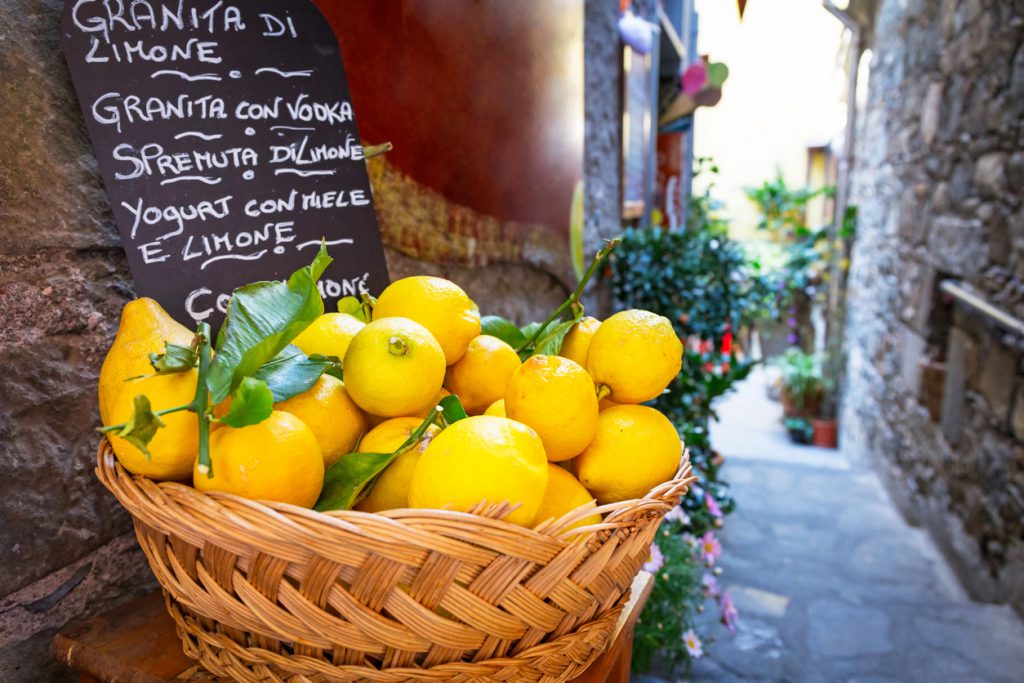The tourist attractions of this Italian island, the largest in the Mediterranean Sea, are among the best in the world. Beautiful places like Taormina, the spectacular beauty of the capital, Palermo, the Greek legacy of Siracusa and the beautiful Catania, a city built on black volcanic stone, are just some of the island’s enticing features on a long list of places to visit. Nor can we forget the Mount Etna volcano or the Temple of Concordia, where the UNESCO symbol comes from, but we’ll keep them for another article… Today, we’re going to focus on another of its attractions: Sicilian cuisine.
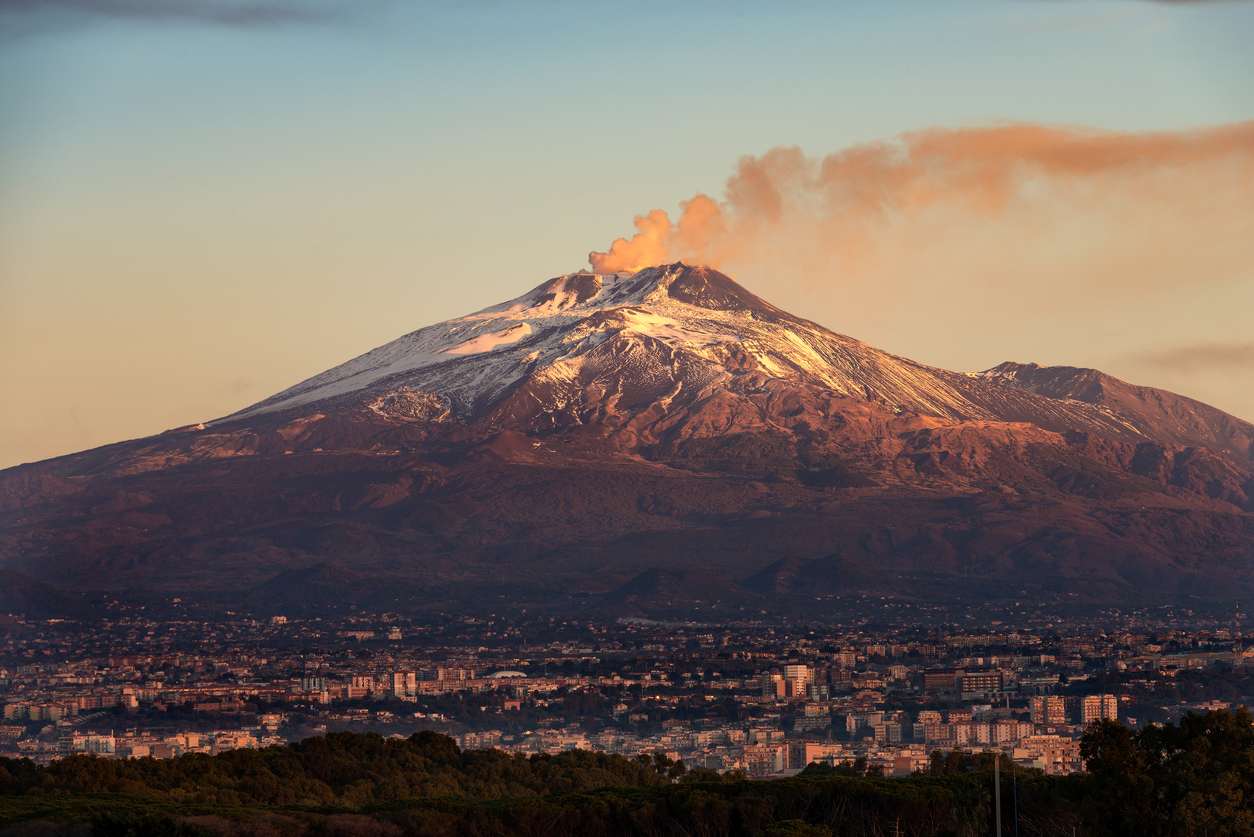
Sicilian cuisine is steeped in the particular and strong character of the island’s culture that’s separated from the peninsula by the Strait of Messina. It has much in common with Italian cuisine on the continent but with some differences. Just as Sicily has its own dialect of Italian, Sicilian cuisine also has a significant differentiating character.
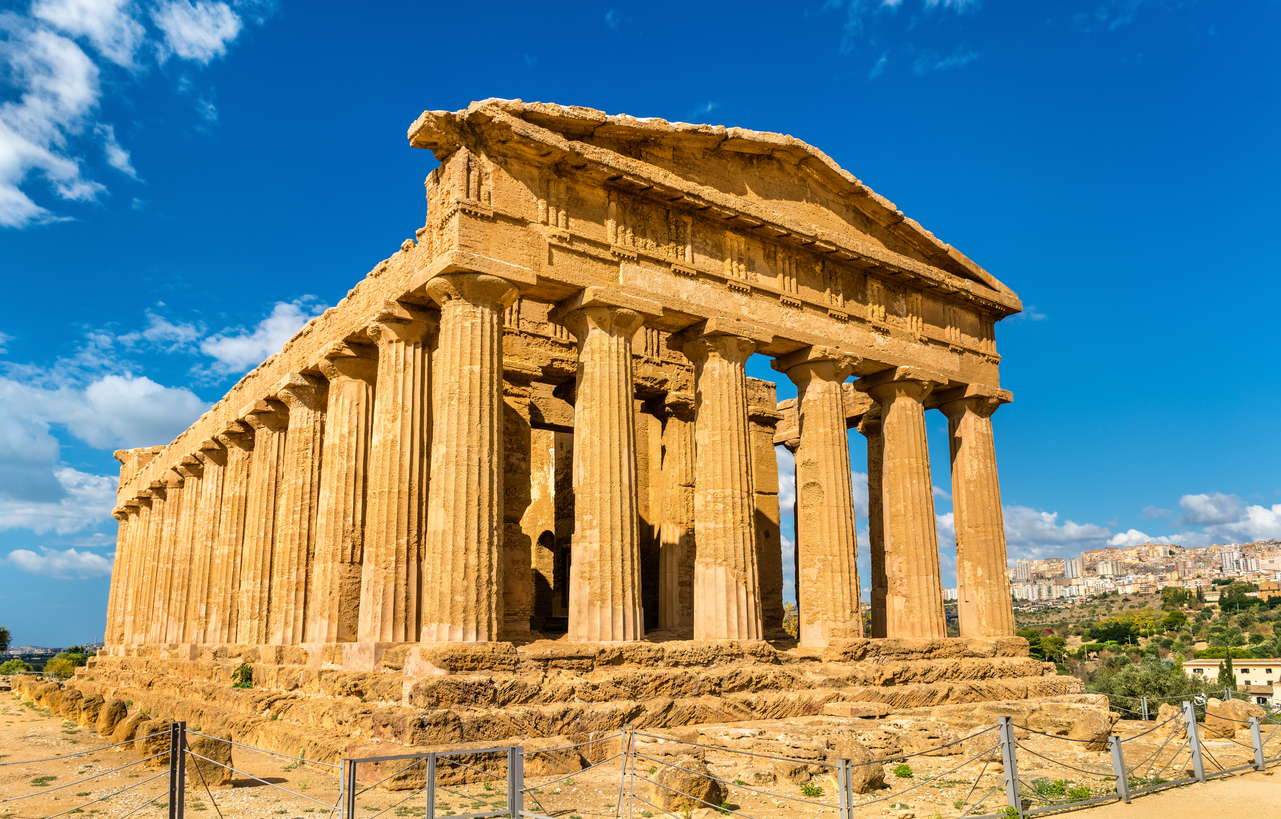
Its rich culinary tradition is marked by all the civilisations that have passed through the island. Greek culture left behind the mastery of the vine and olive tree, especially in the eastern part of the island. The Arabs bequeathed the bittersweet contrasts that typify the dishes served in the smaller provinces in the western zone, which is translated into the common use of couscous in Palermo, Trapani and Pantelleria, along with the uses of spices such as sesame and cinnamon.
But there’s more, the Spanish, Normans and French have all left their mark on the island’s cuisine, making it one of the most reputable and distinct in Europe.
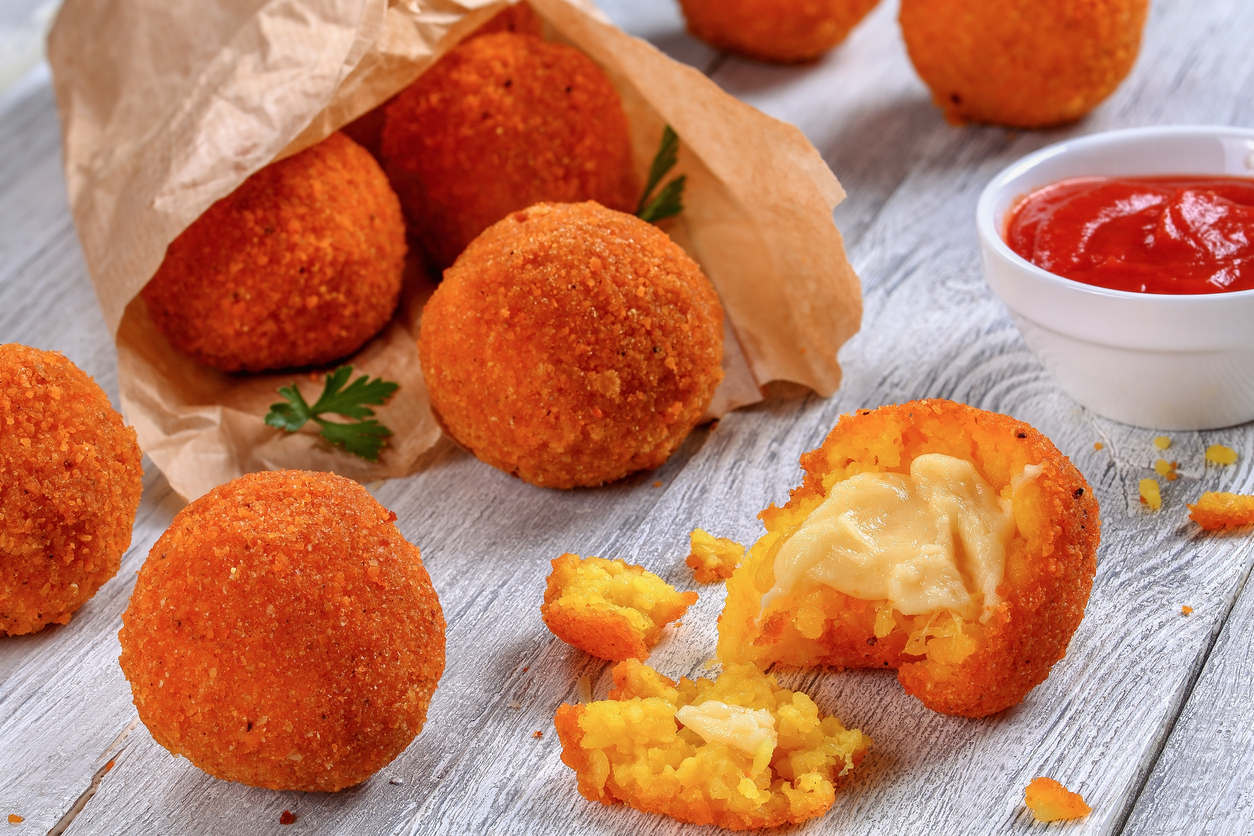
Good food is an institution in Sicily, and a proper meal begins with a range of starters. Highlights include arancini, deep-fried stuffed rice balls, cazzilli, normally stuffed with potatoes but other ingredients can be added, and panelle, fritters made from chickpea flour.
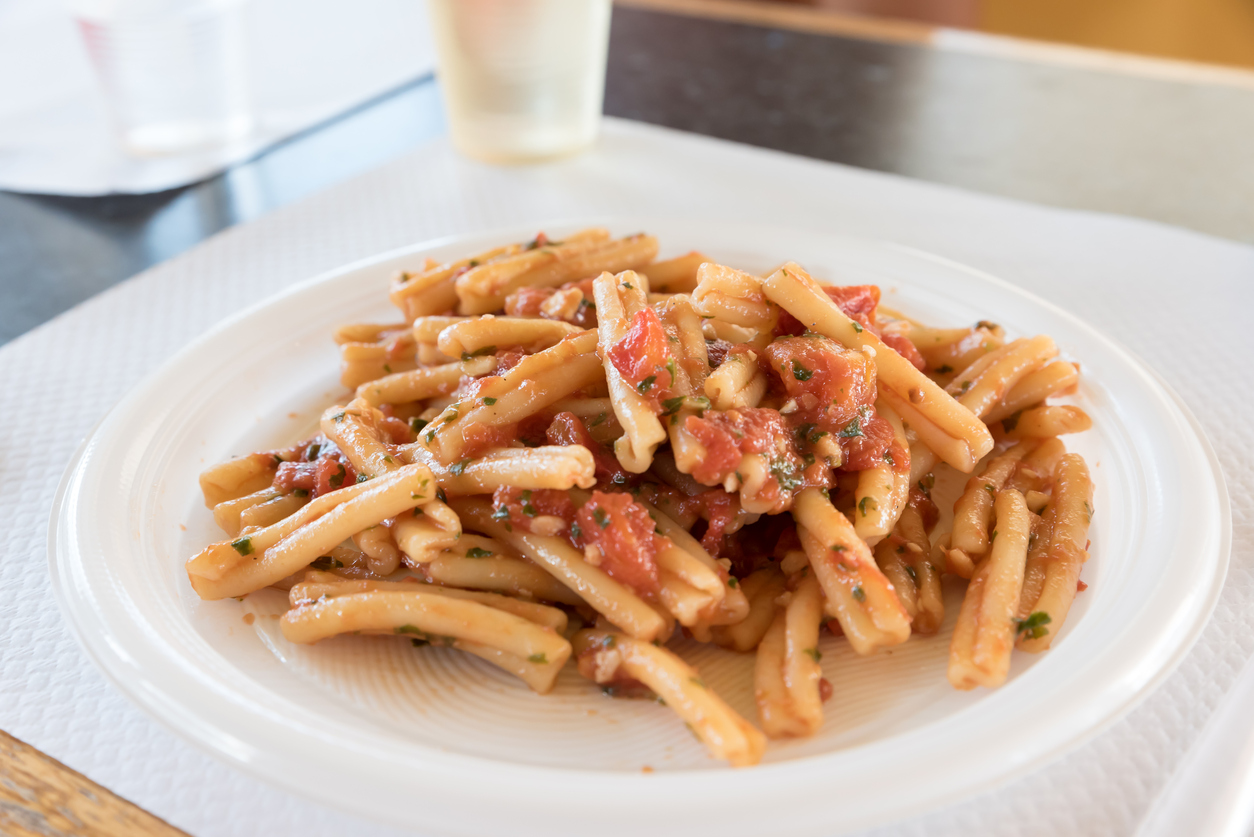
For first courses, local, seasonal vegetables such as aubergines, artichokes, pulses and tomatoes are all standard. And of course, pasta is seen in most Sicilian dishes. Pasta al forno (baked pasta), made with annelletti stuffed with vegetables, is extremely popular, as is pasta alla norma, with aubergine sauce. Pasta con tenerumi, made from courgette leaves, is also worth mentioning, along with pasta alla trapanese, which is made with garlic, tomato and cheeses from the region. After pasta, Sicilians are also fond of sardines, salmon and bucatini with sea urchins.
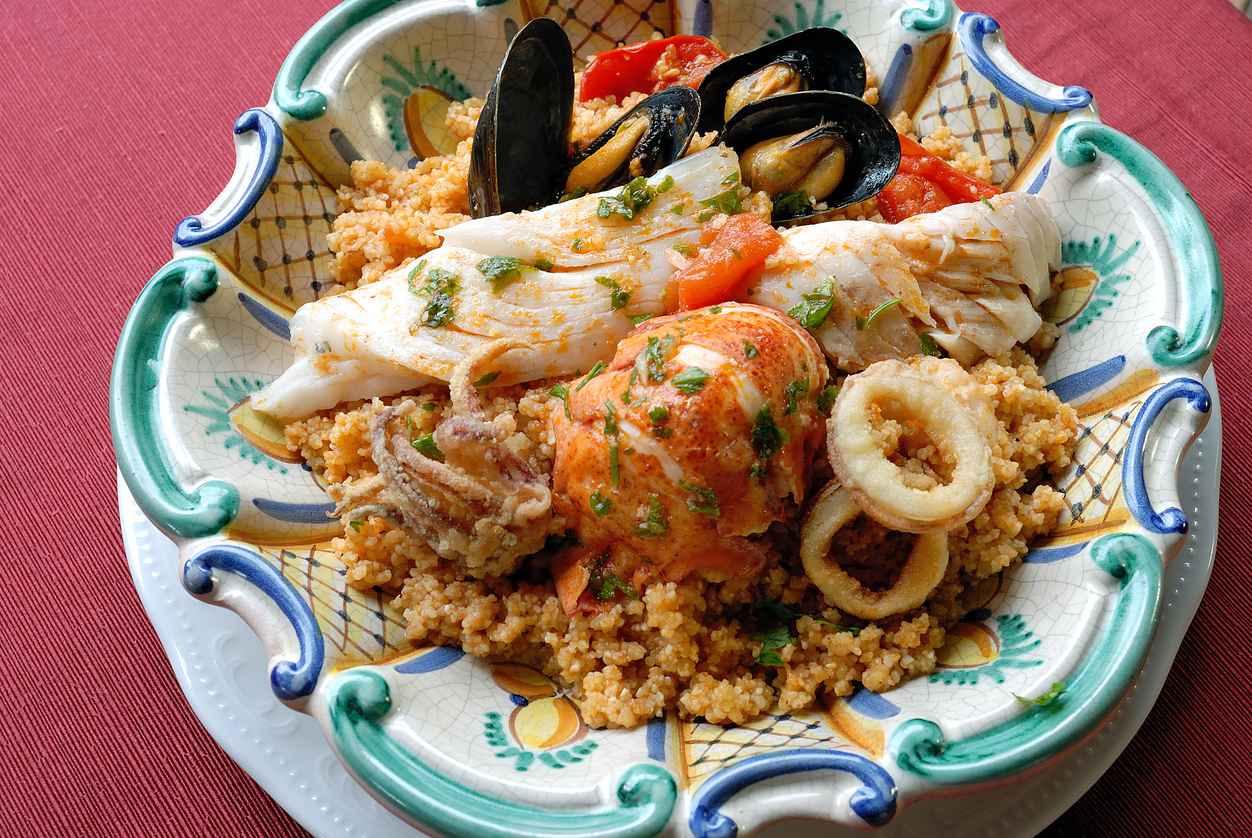
Seafood dominates second courses, especially tuna and roasted or grilled swordfish. Swordfish alla ghiotta is seasoned with onions, tomatoes, capers and olives. Trapani couscous, the island’s version of Arabian couscous but with fish, is also worth a mention. Another must-try dish is sarde a beccafico, sardines stuffed with a mix of breadcrumbs and nuts.
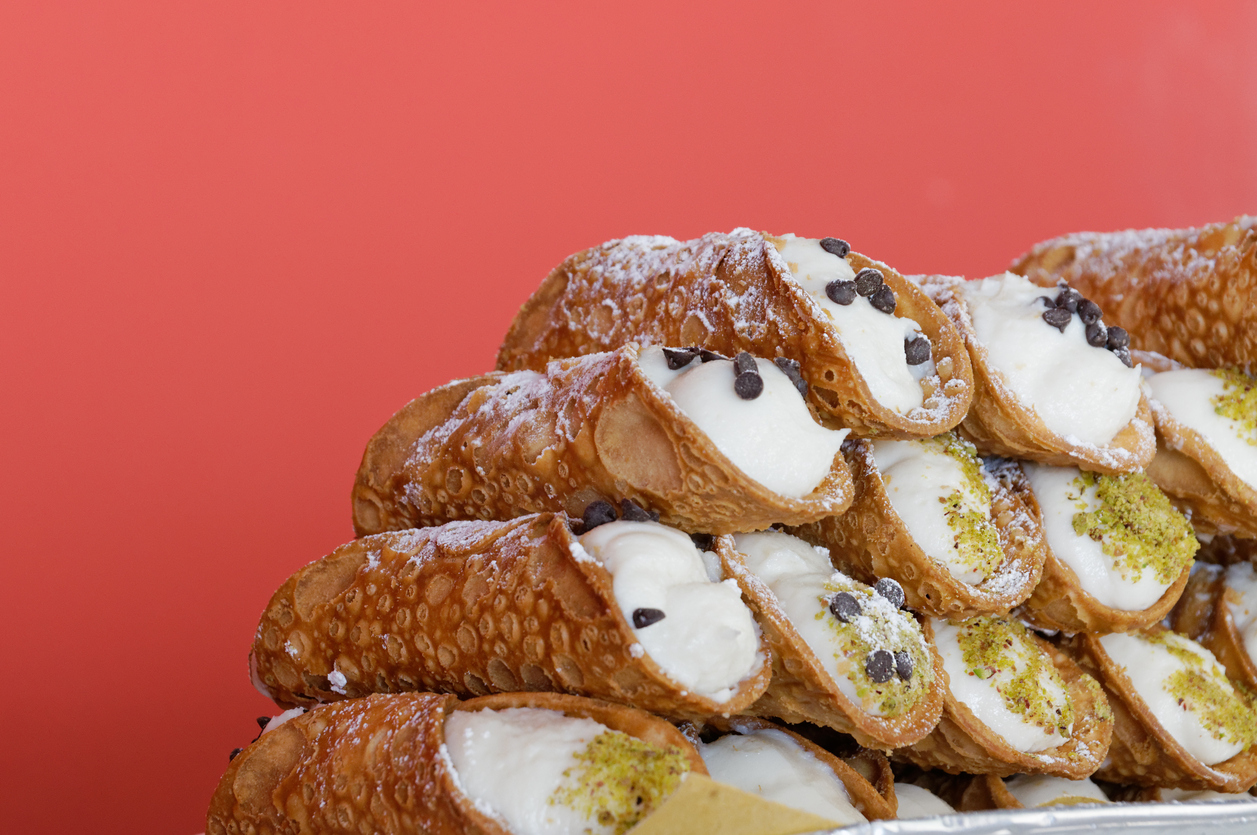
Classic Italian ice cream is known all over the world for its variety of flavours and textures, but we’re going to mention a few desserts that are purely Sicilian with an important Arab influence such as marzipan with Martorana fruit, cuddureddi, pastries stuffed with honey and candied fruit, and the world-renowned cannoli. The cannoli is a staple of Sicilian cuisine, consisting of rolls of pastry filled with a sweet mixture of ricotta cheese.
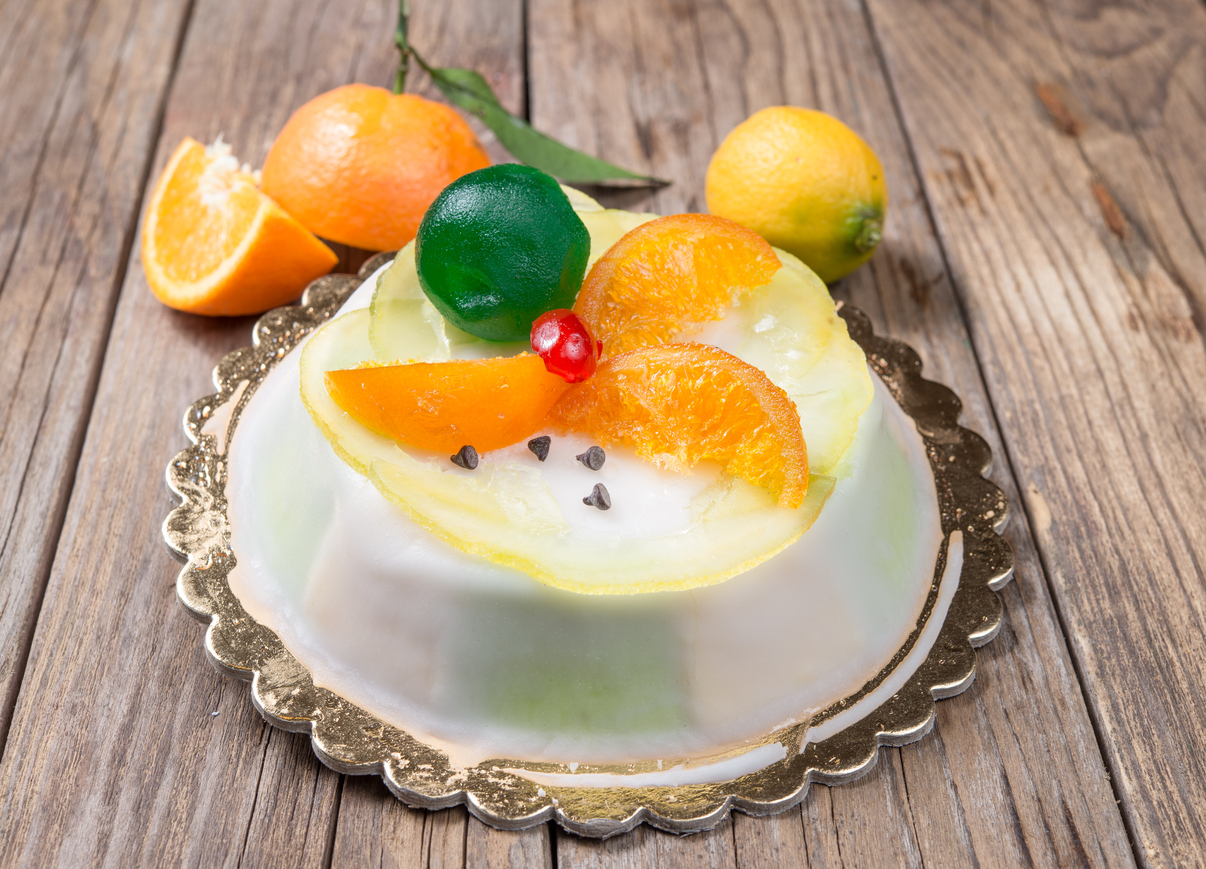
We finish for today with the hugely popular cassata, a delicious sponge cake with ricotta cheese, marzipan and candied fruit, and of course a special mention of the famous Módica chocolate, which is hugely popular in Italy and all over the world.



